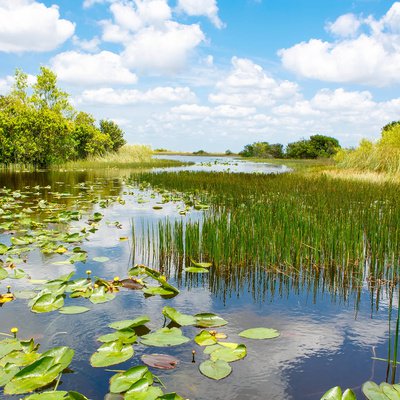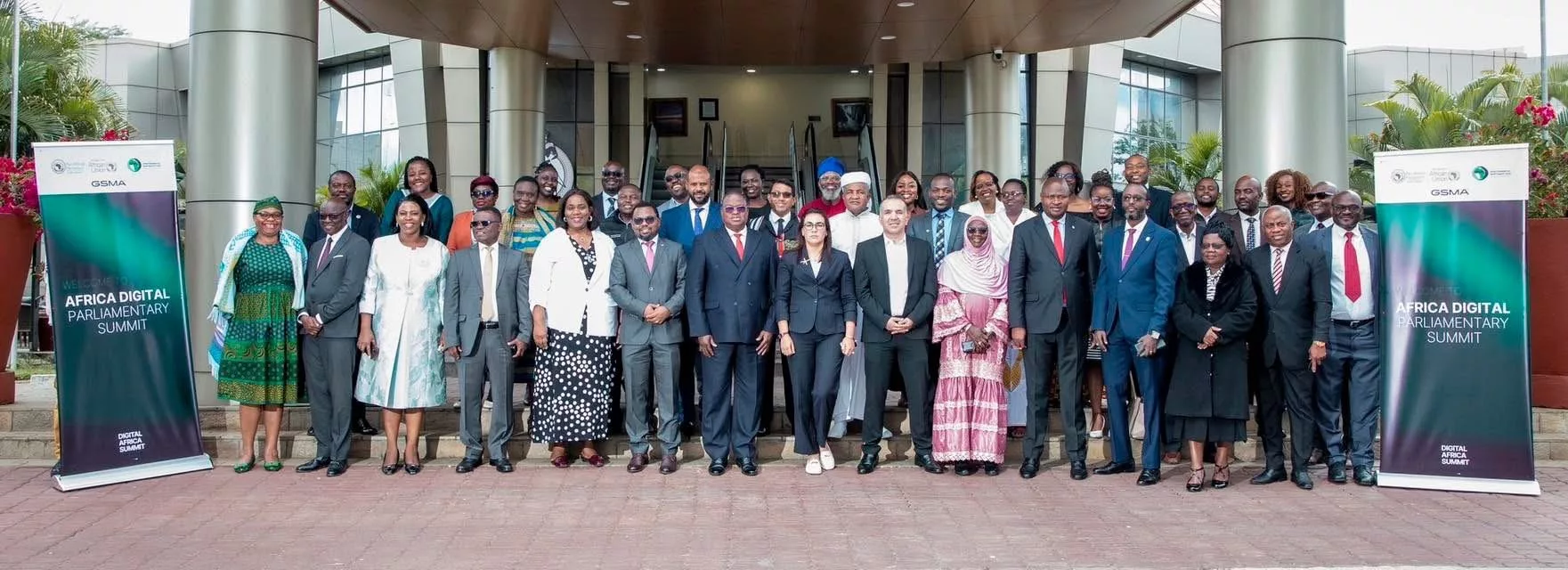|
Getting your Trinity Audio player ready...
|
On World Wetlands Day (2024), the Network for Environmental and Climate Justice (NECJ) reiterated the importance of wetlands for sustainable development and their centrality to human well-being.
The 2024 theme for World Wetlands Day; “Wetlands and Human Wellbeing” outlines the interconnection between wetlands, sustainable development, and human health.
NECJ said it is regrettable though to note that despite their critical importance to sustainable development and human well-being, wetlands are the most threatened ecosystem on earth. Statistics reveal that 64 percent of the world’s wetlands have been lost since 1900.
Consequently, this has led to reduced access to fresh water and has affected an estimated 2 billion people worldwide.
The NECJ calls for concerted efforts to protect the continued destruction of wetlands as part of efforts to safeguard human well-being and sustainable development.
Wetlands are critical for the achievement of Sustainable Development Goals (SDGs) by 2030.
Focus on wetlands in Harare, Zimbabwe
In Zimbabwe’s capital, Harare, wetlands are the major source of water after run-off but they continue to be lost due to several activities that include unsustainable agricultural practices, sand mining, poor enforcement of the law, illegal construction activities, and pollution.
Zimbabwe is a signatory to the Ramsar Convention on the Protection of Wetlands and the NECJ implores the government to protect wetlands as important water sources that are critical for human well-being and serve as special habitats for several forms of plants, birds, and animals.
In Zimbabwe, wetlands are protected under the Environmental Management Act (Cap 20;27), Statutory Instrument 7 of 2007 on Environmental Management (Environmental Impact Assessment and Ecosystems Protection) Regulations and the Government Gazette 380 of 2013.
Concerning the protection of wetlands within Zimbabwe’s capital, Harare which in itself is a wetland city, the NECJ hereby makes the following observations and recommendations:
Harare’s outdated master plan – last updated in 1992 – makes little reference to wetlands and their invaluable services for the City of Harare. This has paved the way for chaotic land allocations (including on wetlands) which often disregard environmental sustainability.
Wetlands degradation has been rampant in Harare and this is coming on the backdrop of erratic water supplies, a situation that could be addressed through preservation and restoration of wetlands which are Harare’s second source of water after run-off.
It is worth noting that land use planning in Harare has largely failed to integrate the issue of wetland ecosystems and this has come with heavy costs for the city.
Harare continues to use outdated colonial legislation on urban planning which was initially meant for a smaller population and this works against proper land use and planning.
At a time, when the city is using an outdated master plan, the demand for land for construction or housing purposes is continuously increasing in Harare and consequently, these projects are being undertaken at the detriment of wetland ecosystems.
An updated master plan for Harare must appreciate the fact that the future sustainability of the capital is dependent on wetlands preservation and environmental sustainability.
Proper land use planning in Harare should incorporate the need to protect wetlands in line with the vision of sustainable development of the capital.
In coming up with an updated master plan for Harare, there is a need to critically examine the state of the city’s wetlands to sustainably manage them.
There is an imperative need to conduct a detailed study of the environment and the state of wetlands to allow for appropriate measures to be taken to protect the environment.
Several wetlands in Harare need restoration after having been damaged while the remaining ones need to be saved from invasion/destruction.
Development and implementation of Local Environmental Action Plans (LEAPs) as stipulated by the Environmental Management Act is also critical for the protection of wetlands.
Effective town planning should be anchored on environmental sustainability and sustainable growth and development of the capital.
It is important to note that community stewardship is critical for the protection of wetlands and there is a need to mobilize grassroots communities to preserve these important water sources for human well-being. This is at the core of the NECJ programming.






